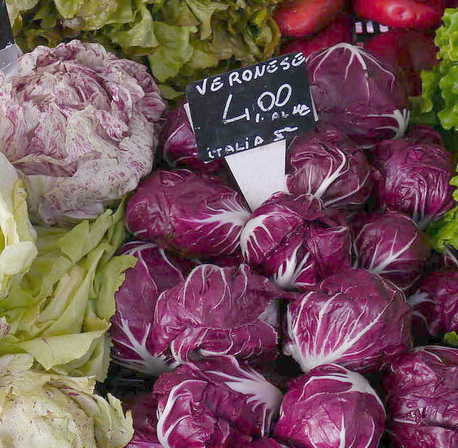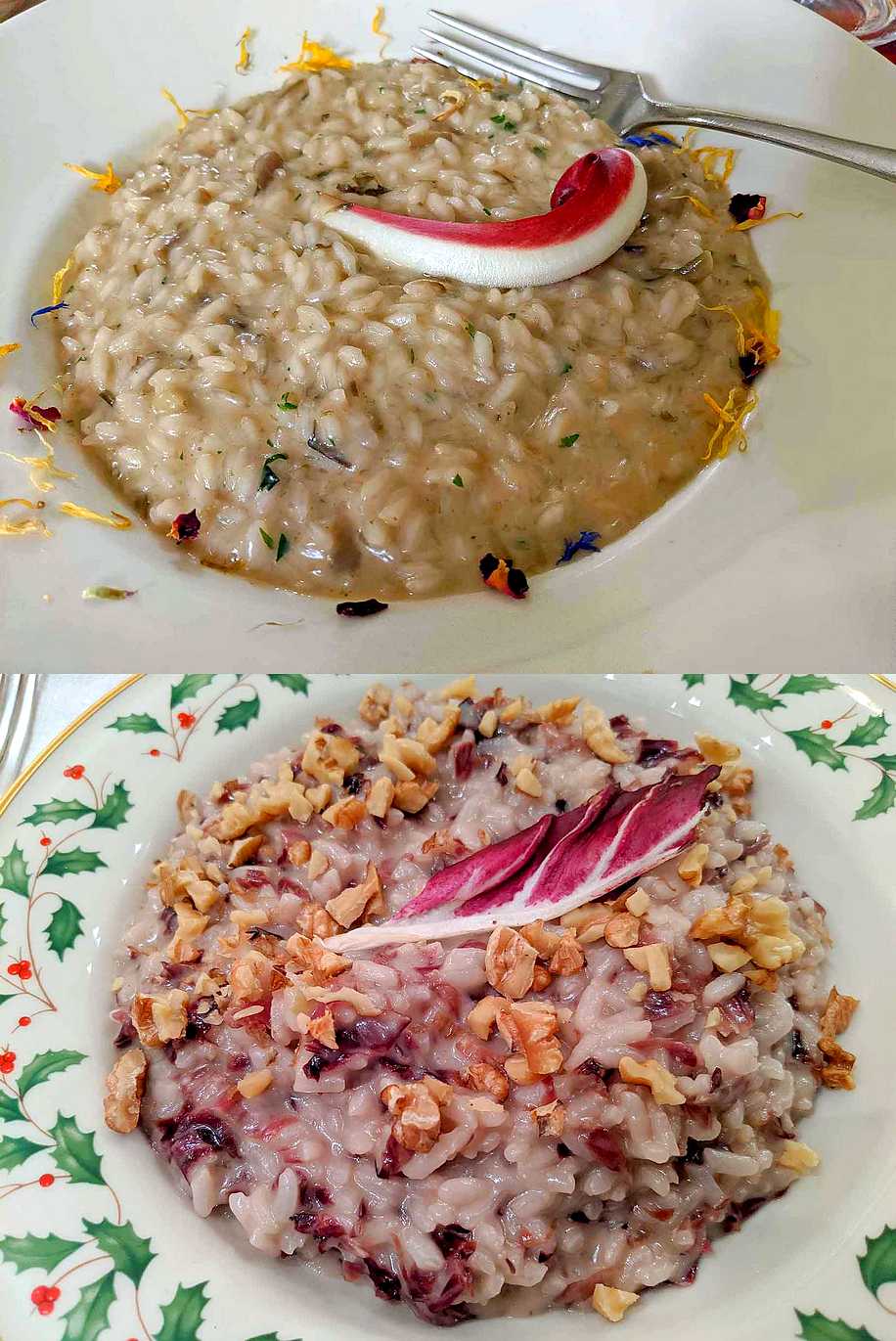The “sweet” spot of the Venetian city of Padua (or Padova, as the Italians have it) is the Scrovegni Chapel (cappelladegliscrovegni.it). Its walls and ceilings hold the masterpiece fresco cycle painted 1303–05 by Giotto di Bondone, the late medieval Florentine painter who invented the Renaissance almost single-handedly. Neither of us had ever seen the frescoes in person, and we built part of October’s Italy trip around a couple of days in Padua and our reserved 15-minute time slot in the chapel. After more than 700 years and a couple of post-earthquake restorations, the paintings are in startlingly good condition. The strict limitations on visitation are designed to keep temperature and humidity stable. The image at the top of this post is the Last Judgment. Let’s just say the experience was worth building a trip around.
The more literary-minded readers of this blog might also recall that Shakespeare used Padua as the principal setting for The Taming of the Shrew. But the bitter in Padua was not Kate’s acid tongue but rather the marvelous winter chicories that were just coming into season.
As winter looms, delightfully bitter radicchio awaits
The city’s fresh market even predates Giotto’s frescoes. Vendors have been offering fruits, vegetables, meat, and fish Monday through Saturday for more than 800 years on the Piazza dell Erbe and the adjoining Piazza della Frutta. Those two big squares flank the imposing Palazzo della Ragione, which also has vendor stalls on the ground level. With all that space, the market sprawls far and wide—much larger than any we’ve ever seen in Venice, for example.
 The region around Venice (the Veneto) is famous throughout Italy for its endives, chicories, and other slightly bitter leafy vegetables. As soon as the daytime autumn temperatures begin to hold in the 40s, the red chicories known as radicchio begin to develop their characteristic deep color. The favorite radicchio in Italy is the Treviso variety, which has long leaves like a droopy endive. The more ball-like Verona variety was dominant in the market when we visited, and we couldn’t resist ordering a radicchio and Gorgonzola risotto one evening at Osteria Al Peronio (Via Vincenzo Stefano Breda 3; +39 049 875 6283), one of the Piazza della Frutta restaurants in the photo above. It was a surprisingly subtle delight.
The region around Venice (the Veneto) is famous throughout Italy for its endives, chicories, and other slightly bitter leafy vegetables. As soon as the daytime autumn temperatures begin to hold in the 40s, the red chicories known as radicchio begin to develop their characteristic deep color. The favorite radicchio in Italy is the Treviso variety, which has long leaves like a droopy endive. The more ball-like Verona variety was dominant in the market when we visited, and we couldn’t resist ordering a radicchio and Gorgonzola risotto one evening at Osteria Al Peronio (Via Vincenzo Stefano Breda 3; +39 049 875 6283), one of the Piazza della Frutta restaurants in the photo above. It was a surprisingly subtle delight.
We wanted to replicate it at home, but radicchio was nowhere to be found in Boston markets—until this week. The Canadian crop of the Chioggia strain (very similar to the Veronese) has hit the shelves with a big red-purple splash of color just in time for Christmas. Since we didn’t have any Treviso leaves to dress ours up, we added toasted walnuts. The image below shows the Al Peronio version on top, ours on the bottom.
RADICCHIO AND GORGONZOLA RISOTTO
Serves 2 as main dish, 4 as small course
1 2/3 cups chicken stock
3 tablespoons olive oil, divided
2 shallots, minced
1 cup Arborio rice
1/3 cup white wine
1/2 teaspoon dried thyme leaves
1 small head radicchio (about a half pound)
salt
sugar
2 ounces Gorgonzola cheese, crumbled
1/2 cup toasted walnuts
Directions
In small saucepan, heat chicken stock to a simmer.
In large saucepan, heat 2 tablespoons olive oil over medium heat. Add shallots and cook until wilted but not browned. Add rice and stir well to mix. Add white wine and cook until liquid is almost absorbed. Add the thyme and a quarter of the stock, stirring as the rice absorbs it. Continue adding stock whenever mixture gets dry. (It should take 18 minutes total.)
While rice is cooking, place remaining tablespoon of oil in large skillet over medium heat. Remove heart from radicchio and shred the leaves. Add to pan and stir to cook. Sprinkle a pinch of salt and a pinch of sugar into radicchio and cook until it wilts (about 2 minutes). Taste and add more sugar if cooked radicchio seems too bitter.
Stir Gorgonzola and wilted radicchio into the risotto. If it seems too sticky (it should be all’onda, meaning “wavy”), add a splash of stock or milk to moisten.



